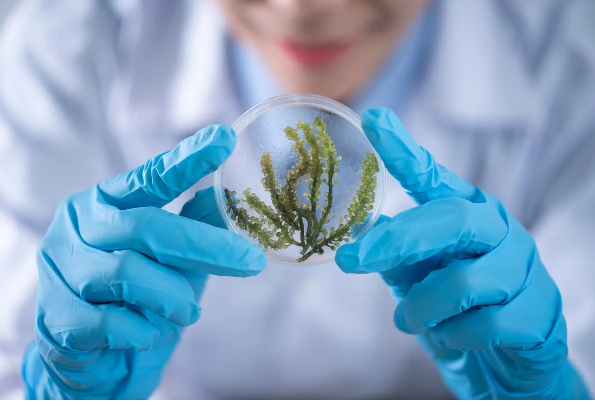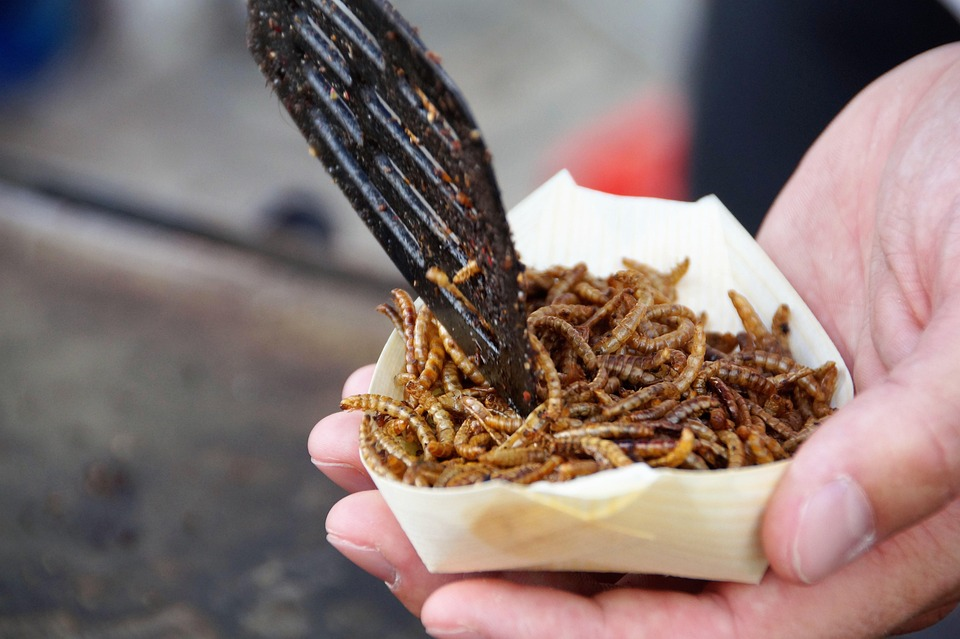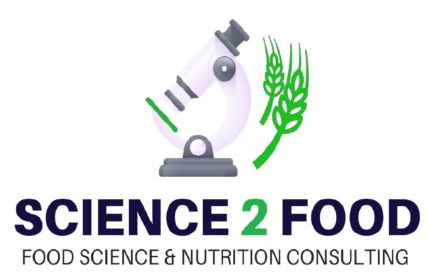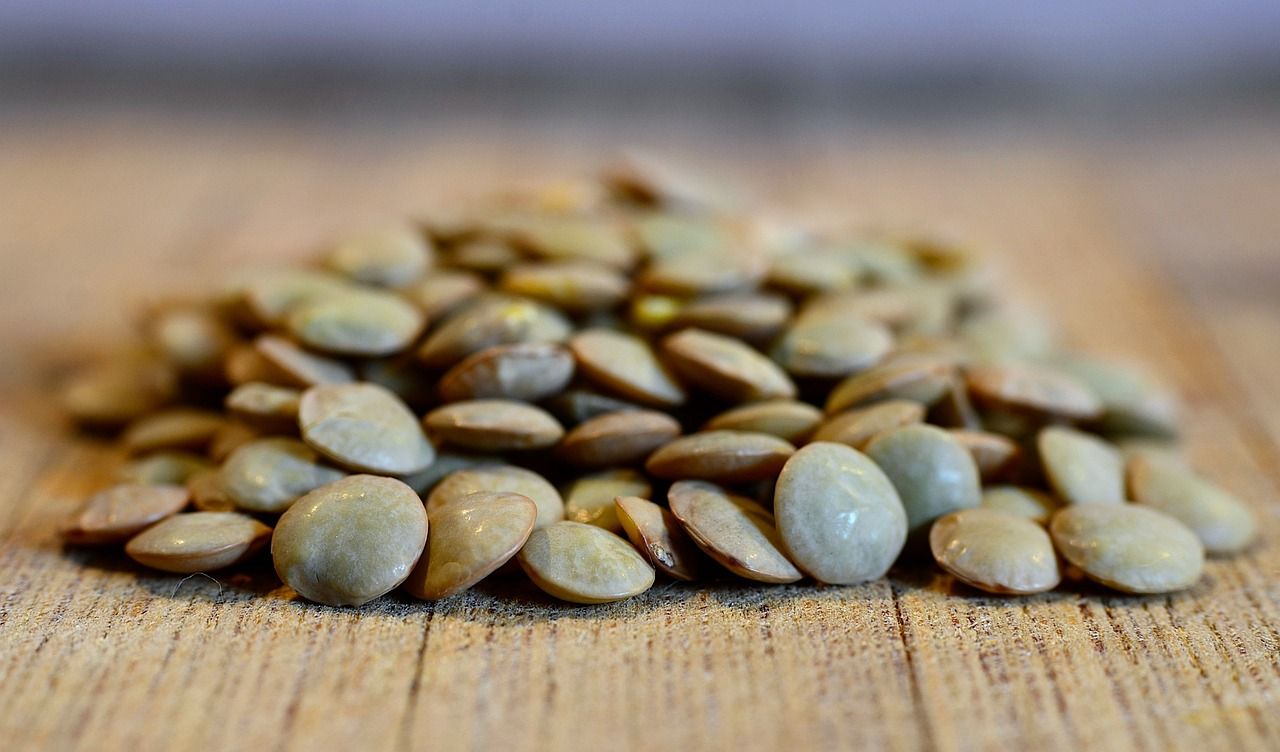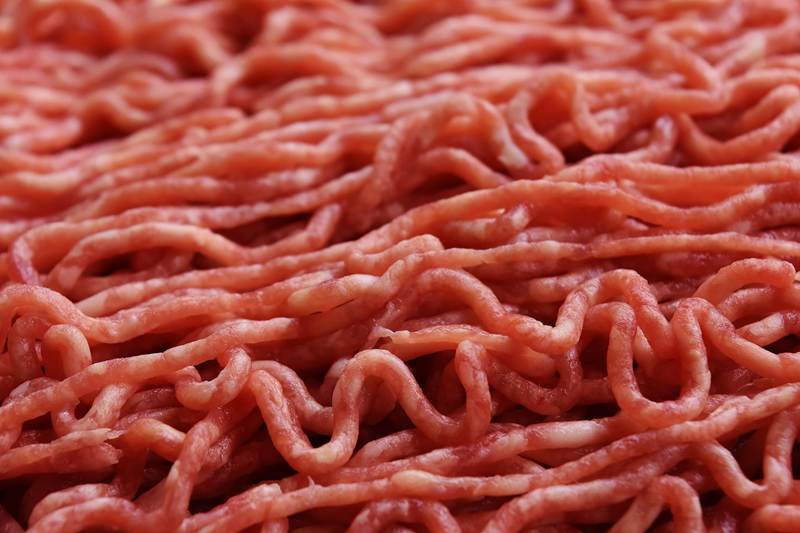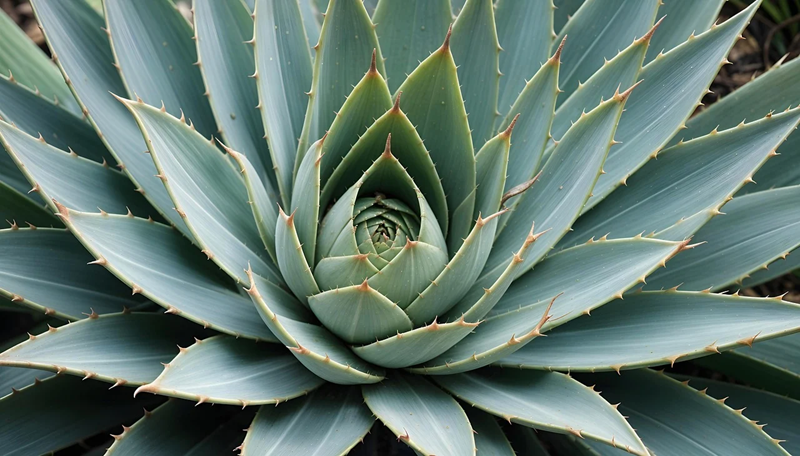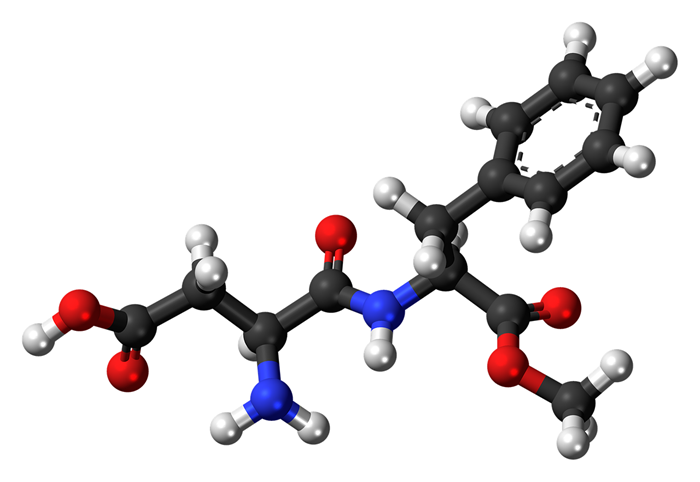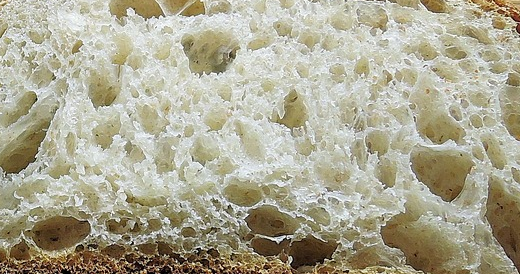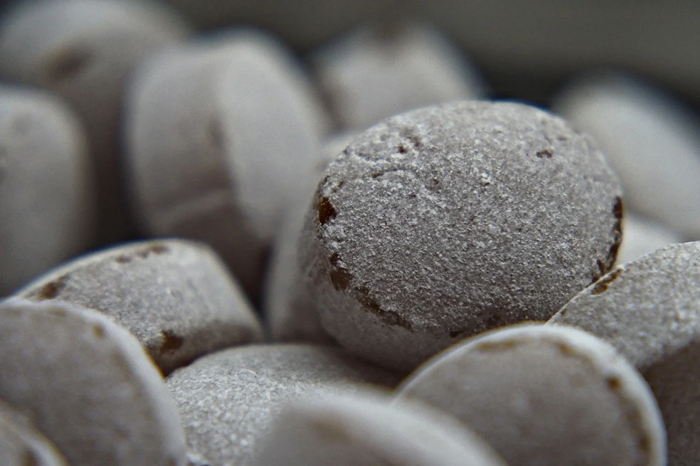Novel Foods
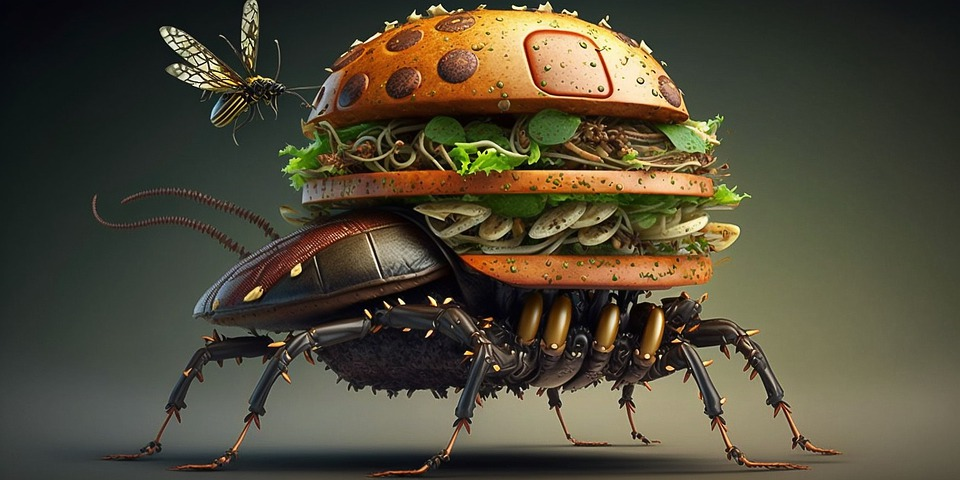
For nearly 20 years, Europe has been integrating the notion of Novel Foods, more commonly known as “Novel Foods”. Under EU regulations, any food that has not been significantly consumed in Europe before May 1997 is considered a novel food and falls under the Novel Foods Regulation. This category covers novel foods, foods from new sources, new substances used in foods, new means or technologies of food production.
This is how edible insects, krill extracts rich in Omega 3, plant sterols used in butter substitutes, highly concentrated cranberry extracts, etc., were classified as such…..
To take into account technological progress, in 2015, the categories of novel foods were clarified by including, for example, substances derived from nanotechnology, cell cultures, algae, fungi, microorganisms, etc.
Today, the search for innovative solutions to replace sugars, fats, salt, chemical additives or to enrich products with nutrients or active molecules, for example, is forcing companies to ask themselves questions about the “Novel Foods” aspect. Startups working on the production of proteins based on algae, fungi and their mycellium, insects, oilseeds are at risk of marketing Novel Foods. It’s the same thing when we recycle by-products from the food industry (fibers, pulps, husks, bark, etc.) that could be considered as Novel Foods.
There is a very codified process at the European level to have a product or an ingredient evaluated and to know if you are an authorized novel food.
Before launching the European Novel Food process, which is long (several years) and can be very expensive (specific analyses, market studies, clinical tests, etc.), it is a good idea to establish a quick Novel Food diagnosis to know if you are at risk or not. To do this, these questions must be answered:
- Was the food or ingredient already consumed in a significant way in a European Union country before May 1997? For example, the fruit of the Baobab tree, although common in Africa, was not consumed in a significant way in Europe before 1997.
More precisely, was this part of the food consumed before May 1997 in Europe? For
example: coffee is drunk in the form of a hot infusion, but the flower of the coffee tree is Novel Food because it is not traditionally consumed.
- Is the technology for obtaining the food/ingredient new or classic?
For example, brewer’s yeast produced under ultraviolet radiation to enrich it with Vitamin D is a Novel Food process. - Has the composition of the staple food been significantly changed?
For example, if the presence of an enzyme in a legume extract is significantly increased (e.g., Natokinase for a soybean extract). Or if you enrich the vitamin concentration of a food very significantly (1000 or even 10000 times), it can become Novel Food.
Science 2 Food has the experience to make this diagnosis and has already carried it out for several customers
